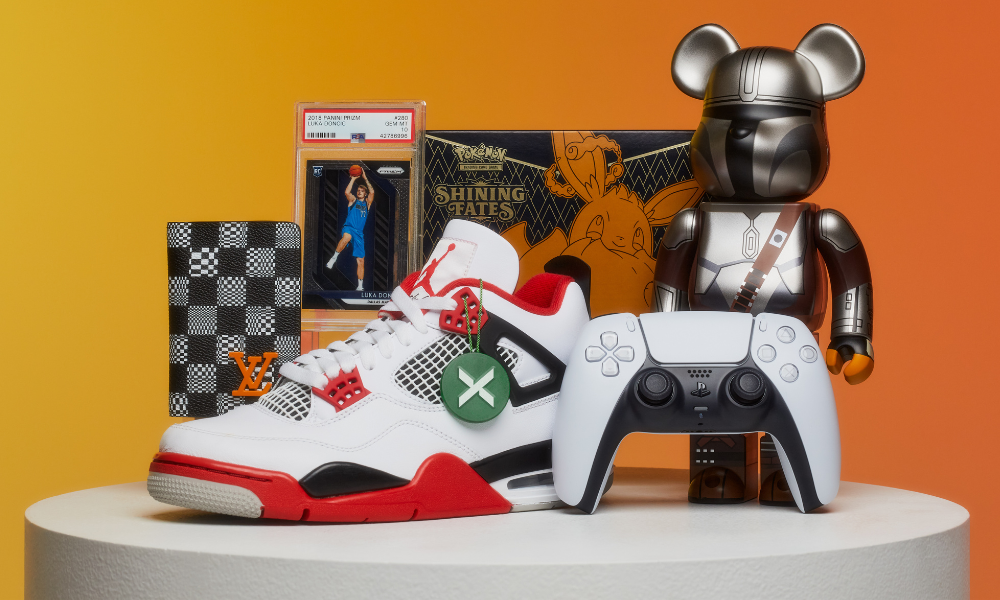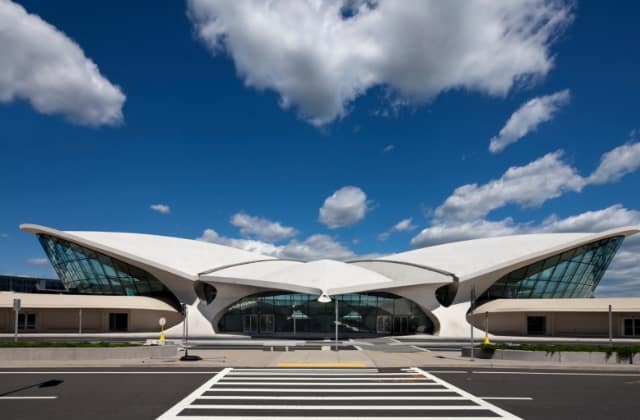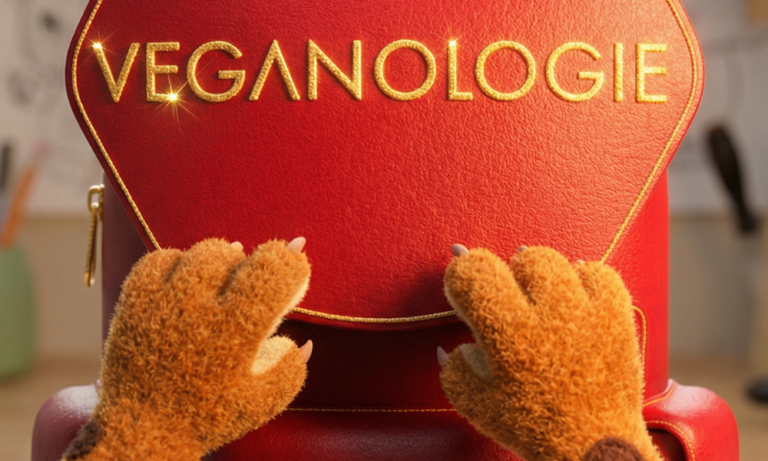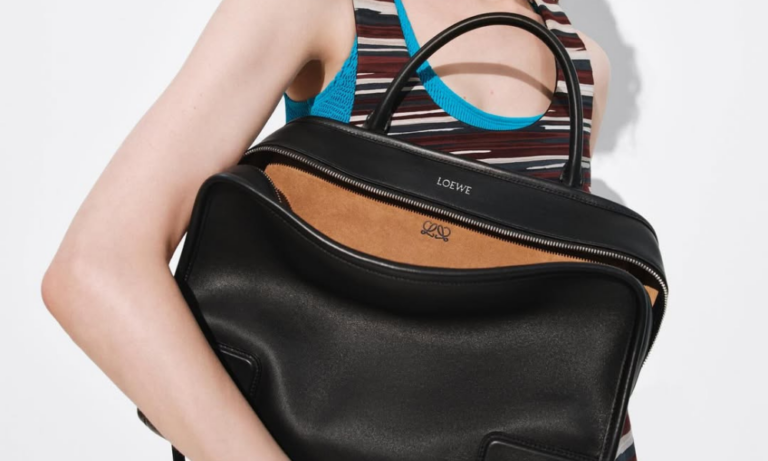Can you provide insights into StockX’s current market presence in the Middle East region? How has the reception been thus far, and what strategies have been employed to establish and expand your customer base in this region?
Across the Middle East, we’re seeing exciting energy in the business. After surpassing more than 100K annual trades in 2021, we’ve exceeded that number every year since. Through initiatives like buyer engagement programs, paid marketing across social channels, and shipping enhancements, we have our sights set on continued growth in the region.
How does StockX plan to tailor its services and offerings to meet the preferences and demands of the diverse customer base in the Middle East?
The beauty of StockX’s global marketplace is that we offer a comprehensive shopping experience that is simplified and easy to use, via an accessible platform, for anyone around the world. Part of that simplified experience includes a feature called All-In Pricing, which allows us to significantly reduce the burden of import duties and high freight costs by matching buyers with local sellers if possible. The feature also ensures that if a local customer ends up buying an item from a seller outside of the Middle East, any applicable duties will have already been included in the item’s initial Ask price. In other words, StockX buyers don’t get surprise charges at delivery and StockX sellers aren’t hit with surprise fees.
With the Middle East being known for its affinity towards luxury fashion and streetwear, how does StockX intend to capitalize on these trends to drive growth in the region?
Luxury fashion brands have long embraced a scarcity model, which means it can be difficult to get your hands on some of the most sought-after goods and collections. When a product is no longer available through traditional retail channels, customers can still count on StockX to deliver it thanks to our global seller network. According to StockX data, some of the brands purchased at above-average levels in the Middle East compared to the rest of the world are luxury labels like Louis Vuitton, Hermes, Goyard, and Dior.

What measures is StockX taking to ensure seamless and secure transactions for buyers and sellers in the Middle East, especially considering the cultural and regulatory differences?
Since 2016, StockX has provided a trusted, secure experience for buying and selling coveted products by sitting in the middle of every transaction and verifying every product sold on our platform. We have a proprietary verification process that has been developed exclusively for StockX and leverages our deep expertise, data, and technology.
In addition to our verification process, we’ve launched features to ensure the StockX experience is a seamless one. I mentioned All-in Pricing above; another example is our Buyer Promise. Launched in early 2023, our Buyer Promise provides a new streamlined process for our longstanding guarantee that we will support our buyers in the unlikely event that we make a mistake (e.g. we ship the wrong order, we incorrectly verify an item).
How does StockX plan to navigate the competitive landscape in the Middle East, particularly with local and regional competitors? Are there any partnerships or collaborations in the pipeline to enhance market presence?
The short answer is that no one competes with our model. On StockX, pricing is based on supply and demand and we offer market visibility, including historic pricing and sales volume data. It’s our platform that abolished the “out of stock” concept for the world’s most coveted items and we serve as a one-stop shop for buyers and sellers of current culture products, regardless of where that product was released and regardless of where the buyer is located, because we have sellers located in every corner of the globe. And we’re not hampered by the traditional retail lifecycle and supply chain constraints. As an online marketplace, we can move much faster to respond to consumer preferences – a trend can pop up in a day, an hour, or even a second and our model allows us to get that next gen consumer what they want when they want from a global pool of sellers.
While we don’t have any market-specific partnerships to share at this time, we are laser-focused on providing the best possible experience for the buyers and sellers that comprise the StockX community.
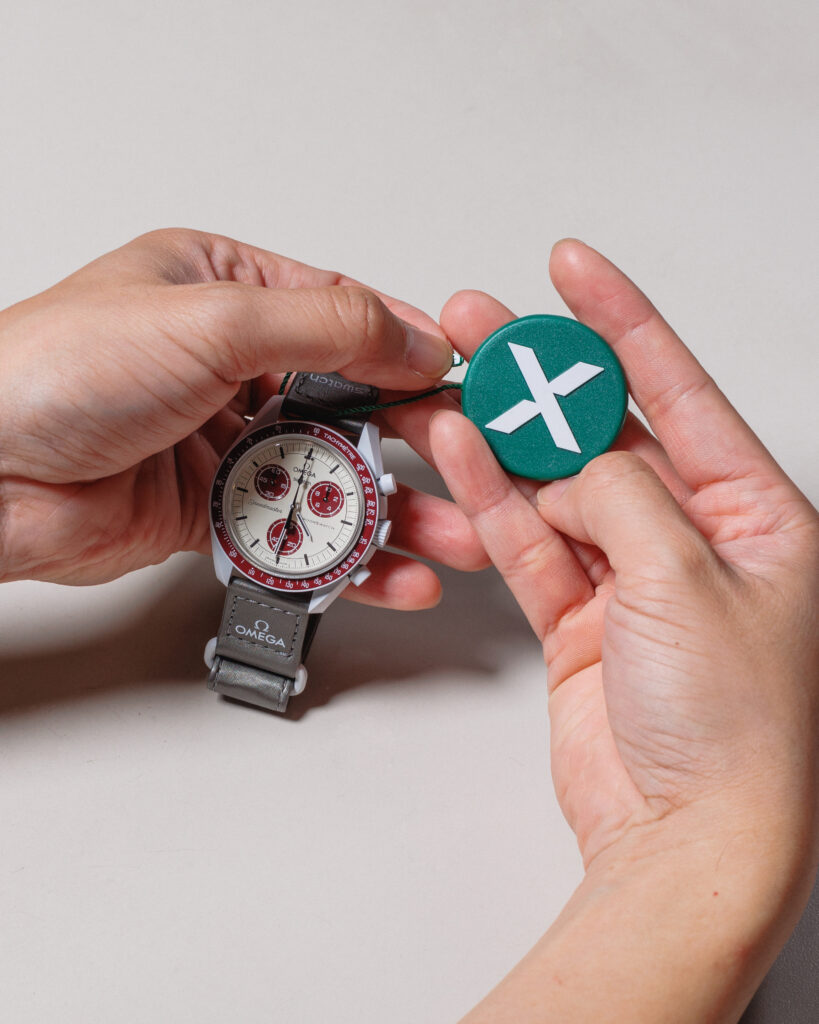
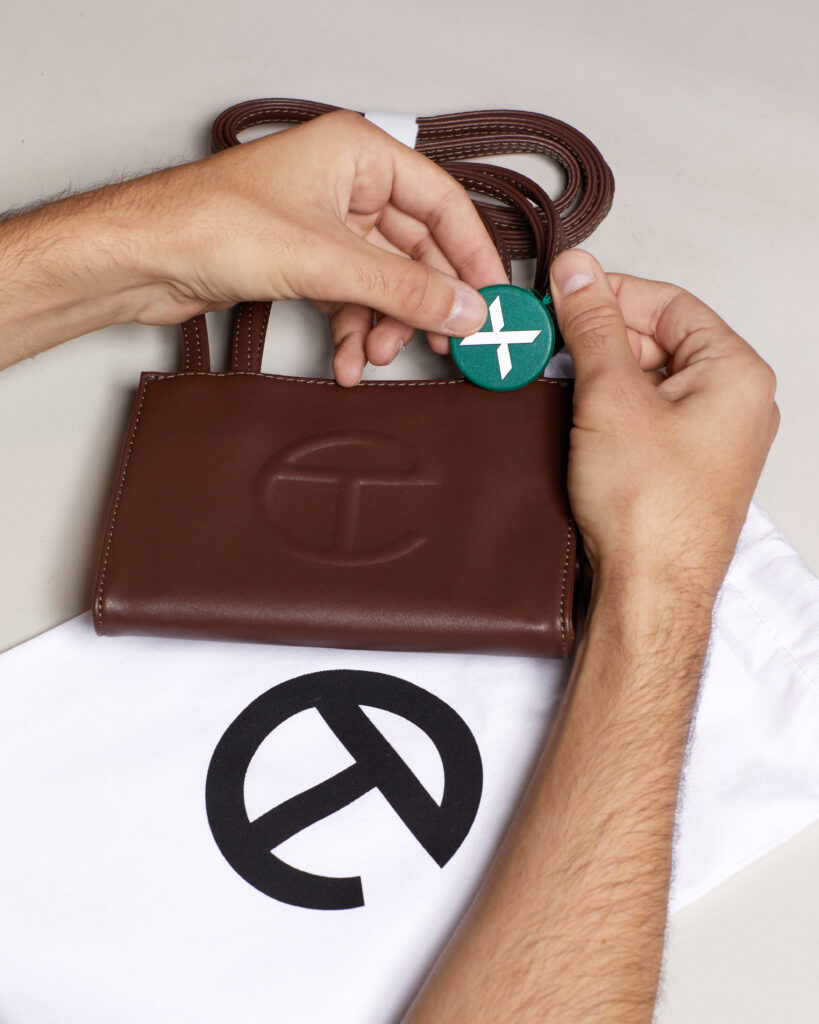
Can you share any insights into the fashion trends that StockX has observed in the Middle East region? How does the platform stay abreast of these trends to effectively cater to the preferences of its customers?
The average order value (AOV) among our customers in the Middle East is significantly higher than in the rest of the world. In the first three months of this year, the AOV in the Middle East was about $35 higher than the AOV globally. And among our customers in the UAE specifically, the AOV is roughly $98 higher compared to the rest of the world.
Given the high AOV, it may not be surprising to know that luxury goods are very popular across major markets in the Middle East. As I mentioned earlier, some of the brands purchased at above-average levels compared to the rest of the world are labels like Louis Vuitton, Hermes, Goyard, and Dior.
- UAE, Qatar, and Saudi Arabia purchase Hermes shoes at 60x, 45x, and 45x the global average respectively.
- UAE purchases sneakers from Louis Vuitton at 3x the global rate and accessories from Goyard at 7x the global rate.
- Qatar purchases sneakers from Dior at 3.2x and Goyard accessories at 4x the global rate.
- Saudi Arabia purchases Balenciaga sneakers at 2.4x the global rate.
What may be more surprising is the interest in running shoes. In some of our biggest markets in the Middle East – UAE, Qatar, and Saudi Arabia – On sneakers are purchased at rates that significantly exceed the global average. On ranks among the top 10 brands overall in all three markets, which is far higher than its ranking at the global level. (On is the No. 35 top-traded brand on StockX globally.)
- StockX customers in UAE purchase On sneakers at 20x the global average.
- StockX customers in Qatar purchase On sneakers at 91.5x the global average.
- Qatar also has a fondness for Hoka (purchased 5.3x global average) and Saucony (purchased 4.6x global average).
- StockX customers in Saudi Arabia purchase On sneakers at 82.3x the global average.
Lastly, how does StockX envision its role in shaping and influencing the fashion and sneaker culture in the Middle East, and what long-term goals does the company have for this region?
Our goal is to reflect what we call “current culture” for every StockX customer across the globe. Our community can leverage the wealth of data that is built into our experience, which means the power is in the hands of the consumer. The customers themselves are determining the true market price, and we are arming them with the data they need to make educated purchasing decisions and ultimately trade what they love.
ALSO READ: CHAUMET EN SCENE: JEWELS OF ARTISTIC MASTERY AND MAGIC.
